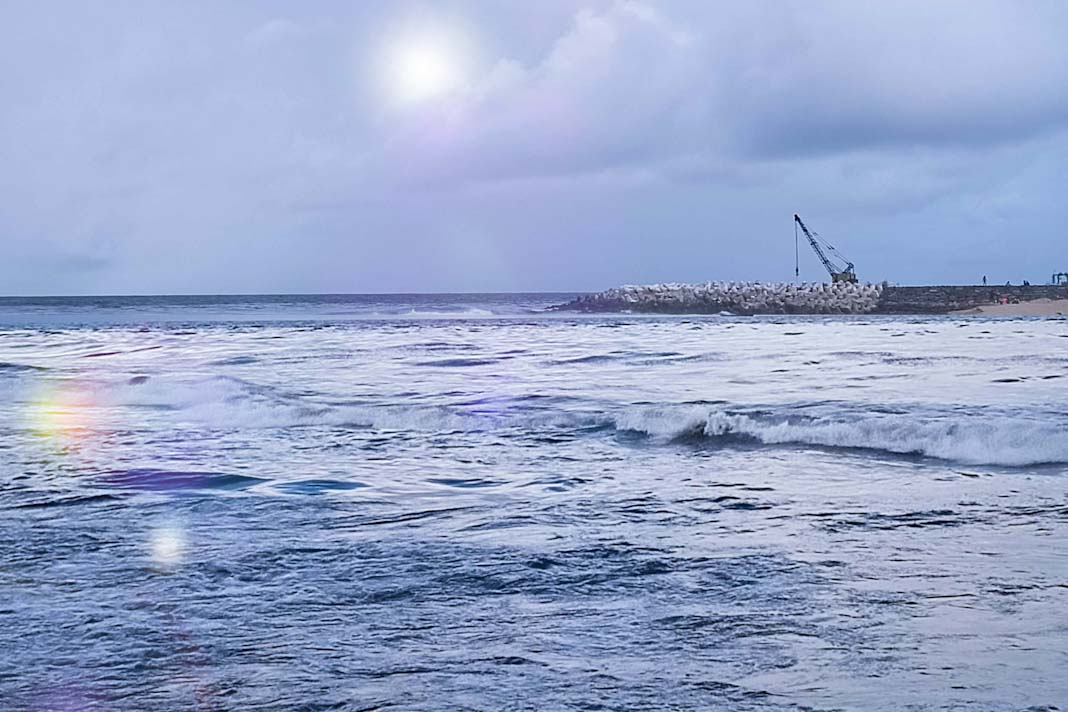 Federal Funding
Federal Funding
The Alabama Port Authority (APA) has applied for $69 million in federal funding under the US Environmental Protection Agency’s Clean Ports initiative. The goal is to reduce emissions at the Port of Mobile in Alabama, US.
Port of Mobile is a deep-water port located in the northern Gulf of Mexico.
A portion of the requested federal funding will be allocated towards the installation of three shore power units at two terminals in the port. US-based electric utility firm Alabama Power will provide the shore power units, APA added.
Shore power supply will “allow ships to use external energy sources instead of idling engines as they are being loaded and unloaded. When docked and connected to shore power, the ships will not produce engine emissions,” APA explained.
This can help to “reduce greenhouse gas emissions of ships while docked at the Port,” it added.
Growing Global Interest in Shore Power
In recent years, global interest in onshore power supply has surged. Within the US, the California Air Resources Board requires vessels with shore power plug-in capabilities to use shore power while at berth in the state’s ports. The regulation currently applies to container ships, reefers, and cruise ships but will be extended to tankers starting next year. The New York City Council mandates cruise ships to use shore power facilities when docked at the city’s terminals.
The EU has adopted a new Alternative Fuel Infrastructure Regulation (AFIR) that requires shore power installations to be deployed at all inland ports connected to the Trans-European Transport Network (TEN-T) by 2024 and at all TEN-T seaports by 2029. The regulation mandates that all container and passenger ships will be required to use shore power for “all electricity needs” while docked at major EU ports by 2030.
The Danish Port of Aarhus has announced that it will levy an additional charge on cruise ships for not connecting to shore power starting in 2024.
According to the classification society DNV, there are currently 118 facilities across ports globally that offer shore power connectivity to vessels, with 47 more planned and four under discussion.
Did you subscribe to our daily Newsletter?
It’s Free! Click here to Subscribe
Source: Engine






















